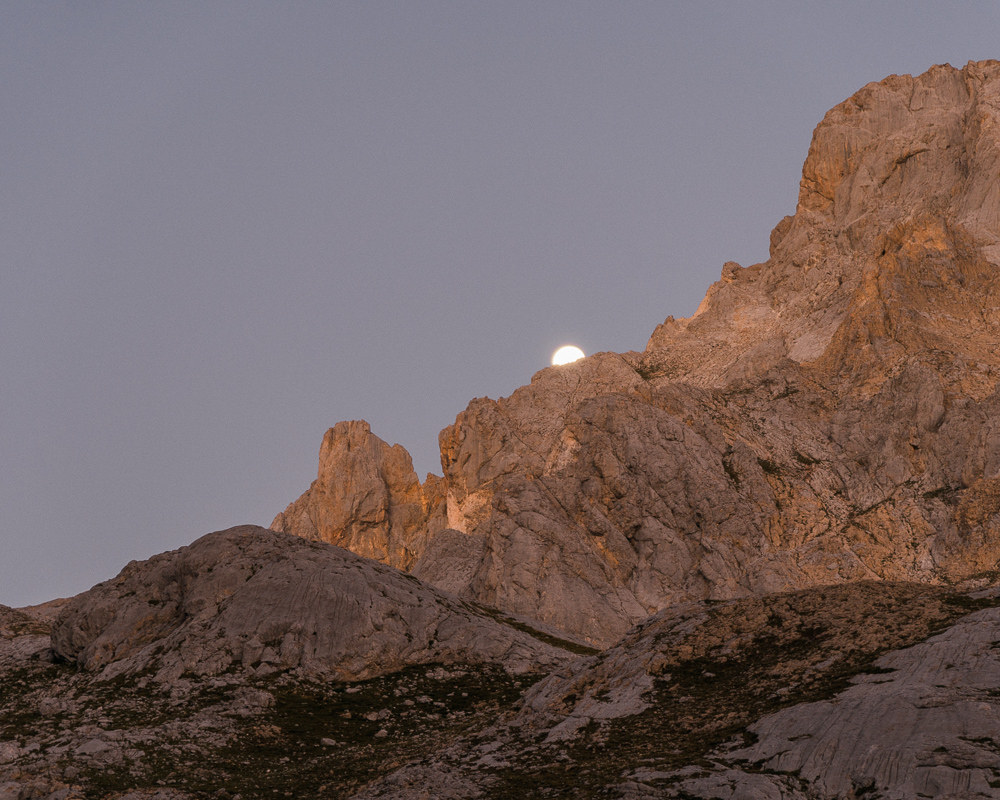One the biggest challenges when you are on the road and have a YouTube channel to update is how to upload the videos.
Sometimes, you get lucky: the place we stayed at in Andorra last week had a pretty decent connection so uploading movies and backing stuff up to the cloud wasn't a problem at all.
We didn't get as lucky with this week's AirBnB, though: uploading a new video using this connection would take forever, and there are no cafes around that I know of.
I wish apps like AirBnB or Booking could tell you how fast the WiFi will be on your next stay.
The obvious solution for this problem is to use my phone. I've published videos using the YouTube app before, and while it works just fine, it doesn't let you upload 4k videos. Instead, it will convert them to 1080 and then proceed with the upload.
The best option I've found is to use my computer, tethering from my phone. If I have 4G coverage, of course.
This isn't perfect, though: I "only" have 25GB a month and my average video weighs in at about 3GB. This means I'd be able to upload 7-8 videos a month using my phone exclusively. I usually publish 2-3 a week, or 8-12 a month, making me effectively dependent on things I can't control.
Maintaining a YouTube channel while on the road is not an easy task, but it can be done. You just need a little bit of luck when it comes to your hotel / Airbnb's WiFi, and a phone with a lot of data as a backup.























